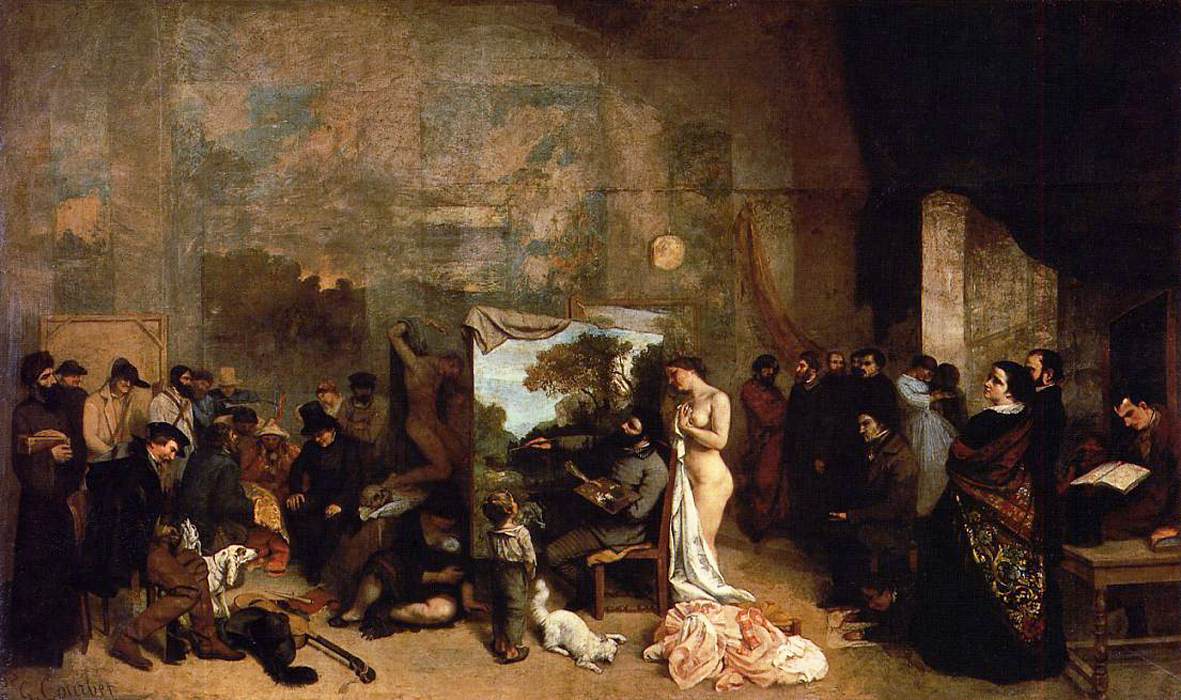

"Since in all and everywhere I must always make exception to the general rule, I will continue my destiny. »
The first scandal of his career : the painting "A Burial at Ornans" (a the Salon of 1851, a prestigious state-owned exhibition) that depicts a familiar and domestic world without any effect of "glamorisation": an artistic break that gave birth to realism and brought the history of Art to a whole new era.
Refused "due to contempt of religious morality" or bought and destroyed by indignant contemporaries: the works of Gustave Courbet leave no one indifferent, he was the only painter who had the "privilege" of being refused in... the Salon of the Refused!
Note that the painting "Origin of the World", that is today censored on social networks, did not make waves at the time (1866): it was destined to a private purchaser and was completely unknown to the public.